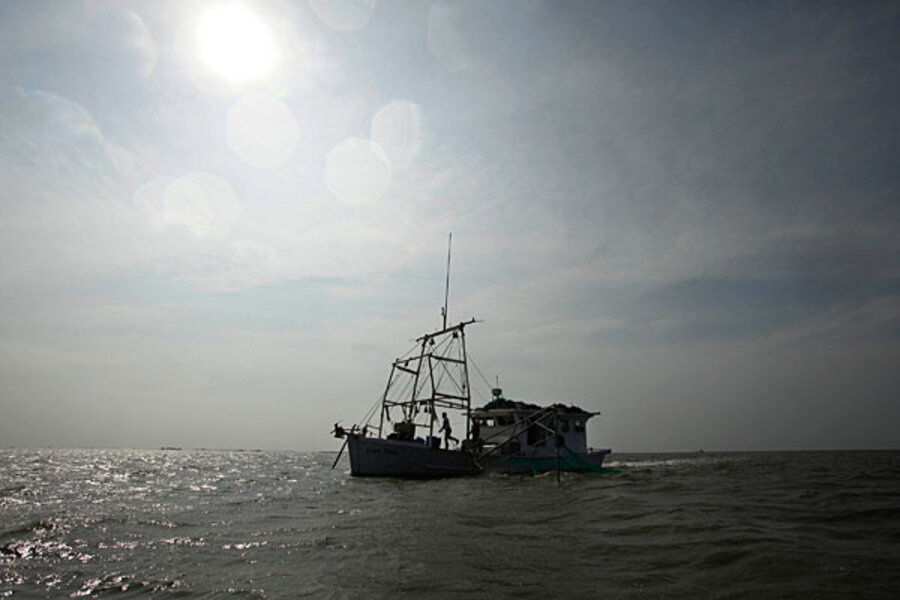Bottom trawling wrecking ocean floor, study finds
Loading...
| London
Bottom trawling by fishermen, long believed to harm marine life, may be even more damaging than previously thought, affecting the seabed as seriously as intensive ploughing of farmland erodes the soil, according to a new Spanish study.
Bottom trawling - dragging nets across the sea floor to scoop up fish - stirs up the sediment lying on the seabed, displaces or harms some marine species, causes pollutants to mix into plankton and move into the food chain and creates harmful algae blooms or oxygen-deficient dead zones.
Scientists from the Marine Sciences Institute in Barcelona and the University of Barcelona found that trawling displaced sea floor sediment and made the seabed smoother over time.
"Bottom trawling has been compared to forest clear-cutting, although our results suggest that a better comparison might be intensive agricultural activities," they said in a study published on the journal Nature's website on Wednesday.
During the 20th century, more intensive farming techniques and changes in land use reduced the diversity of landscapes almost everywhere, the study said.
Ploughing up land exposes the top soil to erosion by wind and water, destroying or weakening nutrients in the soil which are essential for many plant species to survive.
Fishing has also become increasingly industrial. As technology has improved and traditional fish stocks have been depleted, trawling fleets have gone into ever deeper waters in search of fish.
As with soil, the seabed is composed of layers of sediment, holding nutrients that are vital for marine life.
In the study, the scientists measured the movement of sediments on the sea floor caused by fishing activities in a submarine canyon in the northwest Mediterranean Sea.
Deep-sea trawling became fully industrialised in the region in the 1960s and 180 large bottom trawlers currently operate to depths of 800 metres or more.
The scientists linked daily sediment movement to the passage of the trawling fleet, and found some of the movement was similar in size to the sediment transport caused by winter storms in nearby submarine canyons.
Using satellite navigation tracks from bottom trawlers operating in the area, they found the tracks coincided with smoothed parts of the canyon at depths shallower than 800 metres.
Untrawled parts of the canyon, by contrast, were dominated by a network of valleys.
"The frequent repeated trawling (ploughing) over the same ground, involving displacement of sediments owing to mechanical redistribution, ultimately causes the levelling of the surface and produces morphological effects similar to those of a (ploughed) farmer's field," the study said.
Marine ecosystems are also under threat from global warming, rising sea levels, acidification and changes in ocean circulation.
The scientists argue that the ecological impact of trawling and its influence on changes to the submarine landscape should also be considered a danger.
(Editing by Tim Pearce)







